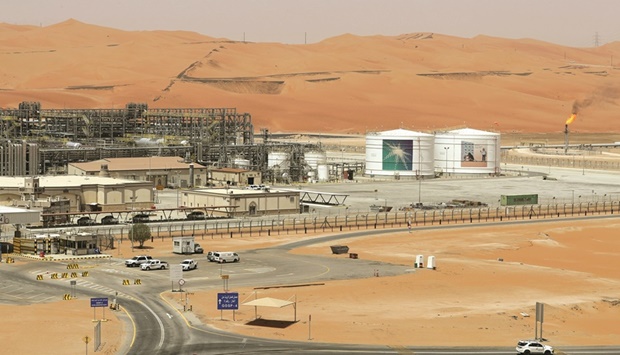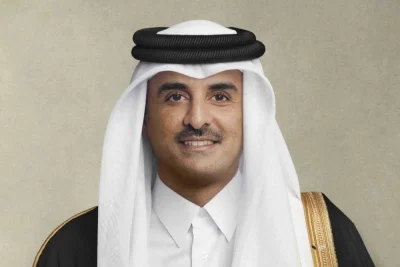Oil giant Saudi Aramco yesterday unveiled record profits of $48.4bn in the second quarter of 2022, after Russia’s war in Ukraine and a post-pandemic surge in demand sent crude prices soaring.
Net income leapt 90% year-on-year for the world’s biggest oil producer, which clocked its second straight quarterly record after announcing $39.5bn for Q1.
Aramco’s massive Q2 windfall was the biggest quarterly adjusted profit of any listed company worldwide, according to Bloomberg.
The state-owned Saudi firm heads a list of oil majors raking in eye-watering sums after ExxonMobil, Chevron, Shell, TotalEnergies and Eni also revealed multi-billion-dollar profits in Q2.
“While global market volatility and economic uncertainty remain, events during the first half of this year support our view that ongoing investment in our industry is essential,” said Aramco president and CEO Amin H Nasser.
“In fact, we expect oil demand to continue to grow for the rest of the decade,” he added.
Net income rose 22.7% from Q1 in “strong market conditions”, Aramco said.
Half-year profits were $87.9bn, up from $47.2bn for the same period of 2021.
Aramco will pay an $18.8bn dividend in Q3, the same as it paid in Q2.
It “continues to work on increasing crude oil maximum sustainable capacity from 12mn barrels per day to 13mn by 2027”, its earnings announcement said.
The quarterly profits, the highest since Aramco’s record-breaking IPO in 2019, beat a company-compiled analyst forecast of $46.2bn.
Aramco shares closed down 0.9% at 40.5 riyals ($10.8) on the Saudi stock exchange.
They are up 25 % this year.
Aramco floated 1.7% of its shares on the Saudi bourse in December 2019, generating $29.4bn in the world’s biggest initial public offering.
The “crown jewel” and leading source of income for the Kingdom temporarily supplanted Apple as the world’s most valuable company in March.
It now lies second in the list with a market valuation of $2.4tn.
Saudi Arabia has sought to open up and diversify its oil-reliant economy, especially since Mohamed bin Salman’s appointment as crown prince in 2017.
Despite raising production, Aramco has pledged to reach “operational net zero (carbon) emissions” by 2050.
Carbon pollution is tallied in the country that uses the fuel, not where it is produced.
Saudi GDP jumped nearly 12% in Q2 on the back of high oil prices, the government announced last month.
Abu Dhabi-based energy expert Ibrahim Elghitany said the oil bonanza was a “golden opportunity” for the country.
“Saudi Arabia has recently achieved financial surpluses that it did not achieve during the last decade, which helps to provide financing for its development projects,” Elghitany told AFP.
Nasser said Aramco recovered quickly from a series of attacks by Yemen’s Houthi rebels on its facilities earlier this year.
“We were able to restore our production in all these facilities immediately.
In a few weeks, all facilities were working and producing at full capacity,” he told a media conference call.
Oil prices have dropped by $30 per barrel from a peak in June due to growing supplies, but remain close to $100.
The Opec group of oil-producing countries has been gradually raising production, despite pressure from Western leaders including US President Joe Biden — who visited Saudi Arabia last month — to pump more.

A general view of the production facility at Saudi Aramco’s Shaybah oilfield in the Empty Quarter, Saudi Arabia. Aramco’s massive Q2 windfall was the biggest quarterly adjusted profit of any listed company worldwide, according to Bloomberg.


